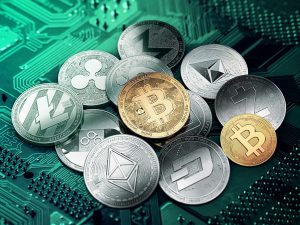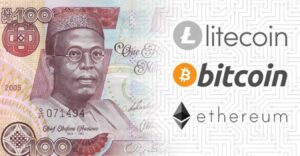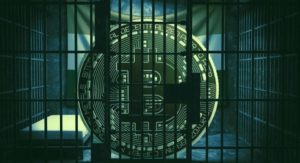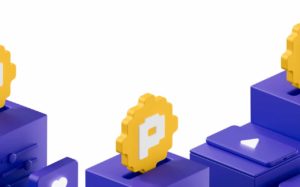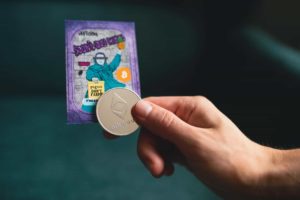Kava: What is it? Is it a good investment?
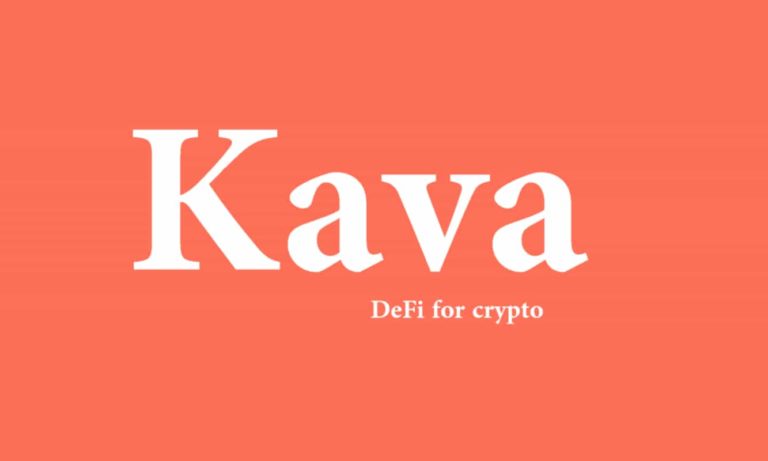
Of course, compared to Bitcoin or Ethereum, the cryptocurrency KAVA is not famous and also not very close to being a major alt. Hence, you may not be able to easily predict whether it’s a good investment or not.
Based on the information about KAVA provided in this article, you’ll be able to determine if it’s worth investing into
What is Kava Coin?
Kava is a computer protocol that enables individuals to loan and lend assets without the need for a typical financial middleman by utilizing several cryptocurrencies. Kava is one of the promising decentralized finance (DeFi) programs.
Kava coin was built on Cosmos rather than Ethereum, which its team claims adds more capabilities to it. Users of Cosmos can borrow loans priced in USDX, crypto linked to the USD exchange rate, by encrypting their cryptocurrencies in smart contracts.
To control the cryptocurrencies it takes, Kava uses a Cosmos feature called zones. They are then used in applications on other networks. This allows the initiative to expand the variety of crypto assets that borrowers can use, such as XRP, BNB, and BTC.
What is the Mechanism Behind Kava?
The Kava protocol is akin to a bank in its essential functionality. It allows users to deposit assets and borrow money, and it charges returns on USDX loans and savings.
Banking institutions only offer these services after arduous registration procedures, stringent credit checks, and adherence to KYC rules. Because of Kava’s decentralized structure, users only need to give their wallets, and any accepted cryptocurrency to access similar services.
Users go to Kava.io to apply for a USDX loan and get an approved crypto credit facility to invest in the Kava shared ledger. Kava accepts as collateral BNB, BTC, BUSD, XRP, KAVA, and HARD.
Two Factors Determine the Amount of the Loan;
- The amount of collateral locked in.
- The collateralization ratio of the chosen collateral.
For example, if they used the BNB as collateral and the margin ratio is 150 percent, an individual must lock in a minimum $1.50 value of BNB to mint $1 USDX.
This credit will then be subject to a stability fee, which will be paid in KAVA. If a person’s collateralization ratio falls below the asset’s specified liquidation ratio. The locked-in investments are held and a 7.5 percent liquidation fee is charged.
Following specific volatility and risk profiles, unique assets will have varied collateralization ratios. Including stability fees, and liquidity ratios.
Kava uses four important modules in tandem with the KAVA token to guarantee that the loans are over-collateralized. They include;
- The price feed module.
- Auction module.
- CDP module.
- And the liquidator module guarantees that the loans are overcollateralized.
These processes help to integrate economic incentives and marketing channels to keep the protocol robust, safe, and trustworthy. Kava’s Github website has information on the internal workings of these fundamental modules.
What is the Purpose of the Kava Token?
The three major functionalities of the Kava token are as follows:
- Governance.
- Security.
- Recapitalization
Holders of KAVA can participate in governance, vote, and propose modifications to the Kava system. These adjustments could include smart contract updates, global debt limit adjustments. And the inclusion or elimination of collateral resources, among other things.
Voting can be done manually or by delegating it to validators. On Kava’s governance page, you can see all of the implemented and planned modifications.
The Price of Kava
Today’s kava price is $3.66, with $51,708,702 in 24-hour trading volume. Within the last 24 hours, the price of KAVA has increased by 6.2 percent.
There are 150 million KAVA coins in circulation, with an overall supply of 161 million. Gate.io is now the most popular exchange for buying and selling Kava.
Through its decentralized loan features and USDX stablecoin, Kava aims to become the de facto Defi loan protocol, allowing users to access a wider range of crypto assets.
The Kava token (KAVA) is the Kava protocol’s native government token and staking asset. Holders of the token are in charge of administering the protocol, deciding on proposals for smart contracts. And operational parameters, safeguarding the network, plus serving as the lender of the last resort.
Where Can I Get Kava and how Can I Get It?
KAVA tokens can be obtained in one of three ways:
- Buying them from a marketplace.
- Locking-in collateral to generate USDX.
- Participating in auctions for collateral.
KAVA tokens can be purchased using the first approach from cryptocurrency including Binance or Huobi.
Users can lock in any of Kava’s authorized collateral assets to receive USDX minting incentives using the second method. The rewards program has been allotted 3.848 million KAVA tokens, with KAVA awarded weekly in terms of the quantity of USDX minted. Kava’s Medium page has further information about the rewards program.
Finally, KAVA can be purchased through the protocol’s collateral auctions. Kava’s documentation website gives guidance on how to set up an auction bot, as well as a description of how the software works.
Why Is Kava So Valuable?
The Kava coin is often used to compensate those who generate USDX. It plays an important part in the Kava network’s administration.
Kava, in particular, decentralizes network management by allowing anyone who owns and stakes the coin to vote on its programming regulations and rules.
This means that users could vote to change particular software parameters by buying and staking Kava. These factors include but are not restricted to, the assets accepted as collateral by the protocol, the needed collateralization ratio, and the costs paid by borrowers.
Kava users can also assign Kava to the verifiers that administer the blockchain and contest for freshly minted Kava. Awarding votes to them in exchange for a share of the stability payments made by users closing CDPs.
KAVA tokens, like many other cryptocurrencies, have a finite supply. This means that there can only ever be 100 million of them, according to the software’s restrictions.
Kava contract address
Below is the Kava contract address for the Ethereum, BNB Beacon Chain, and Polygon networks.
Ethereum: 0x0C356B7fD36a5357E5A017EF11887ba100C9AB76
BNB Beacon Chain (BEP2): KAVA-10C
Polygon: 0x87D32F2C0A3D6D091772890C81E321026454a125
Is Kava Safe?
Kava may be involved in light of its ability to give cryptocurrency holders access to decentralized credit administrations. Cryptocurrency breaches allow customers to be held accountable for resources by obtaining other collateral that can be used to purchase labor and products. Financial sponsors may consider purchasing KAVA if they are confident in Defi’s guarantees and in the ability of these schemes to disrupt normal currency management.
Is Kava a good investment?
KAVA has the potential to be a profitable investment. Despite the recent poor performance, kava price projection estimations are solid.
However, because the Defi industry is growing increasingly, Kava’s position may become more difficult to maintain.
Nonetheless, it appears that it’s worth investing in. But, be very careful when you’re trading this coin.
Conclusion
By now, you’d have seen that even though Kava is a new project, it looks promising. We advise that when you trade with it, do so only with what you can afford to lose.
Note: Cryptocurrency trading is risky, you can lose your investment.
Don't miss a thing. Follow us on Telegram and Follow us on WhatsApp. If you love videos then also Subscribe to our YouTube Channel. We are on Twitter as MakeMoneyDotNG.
